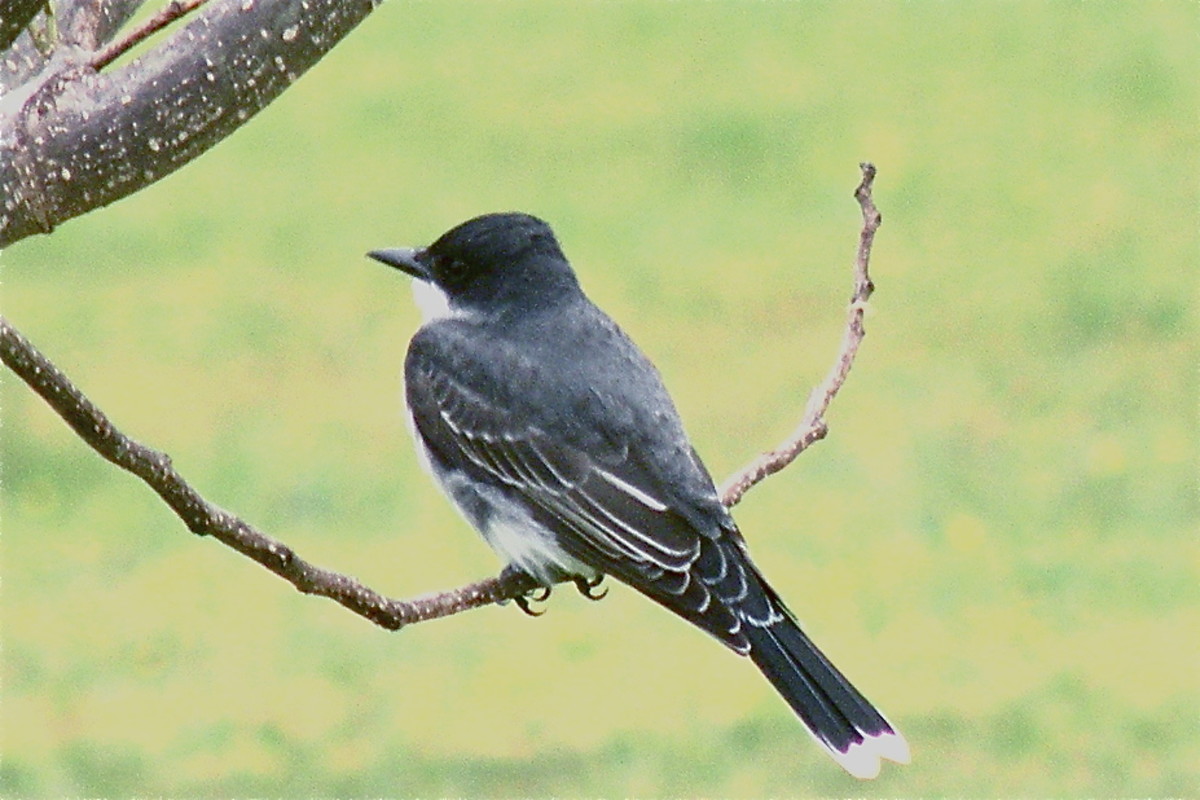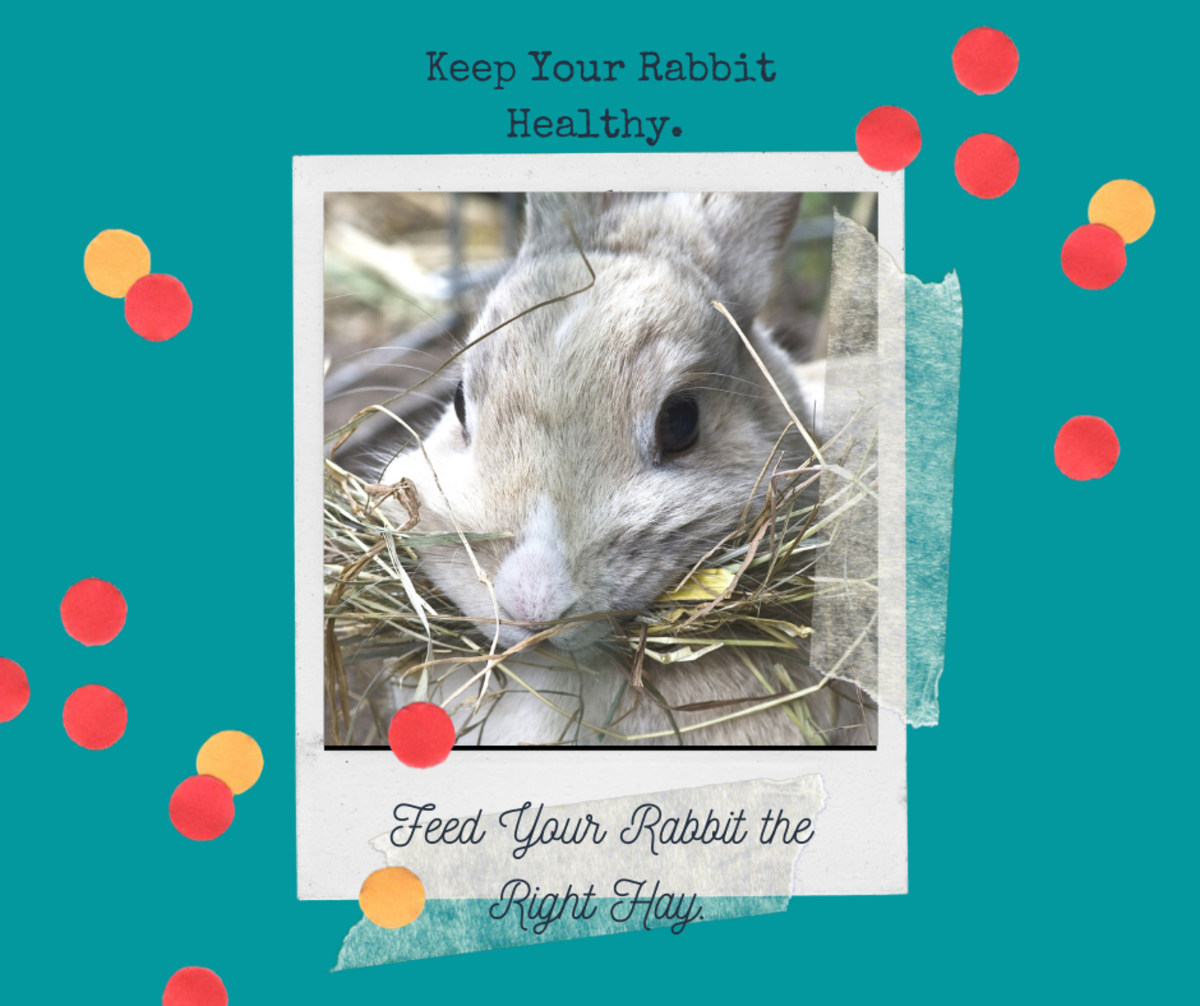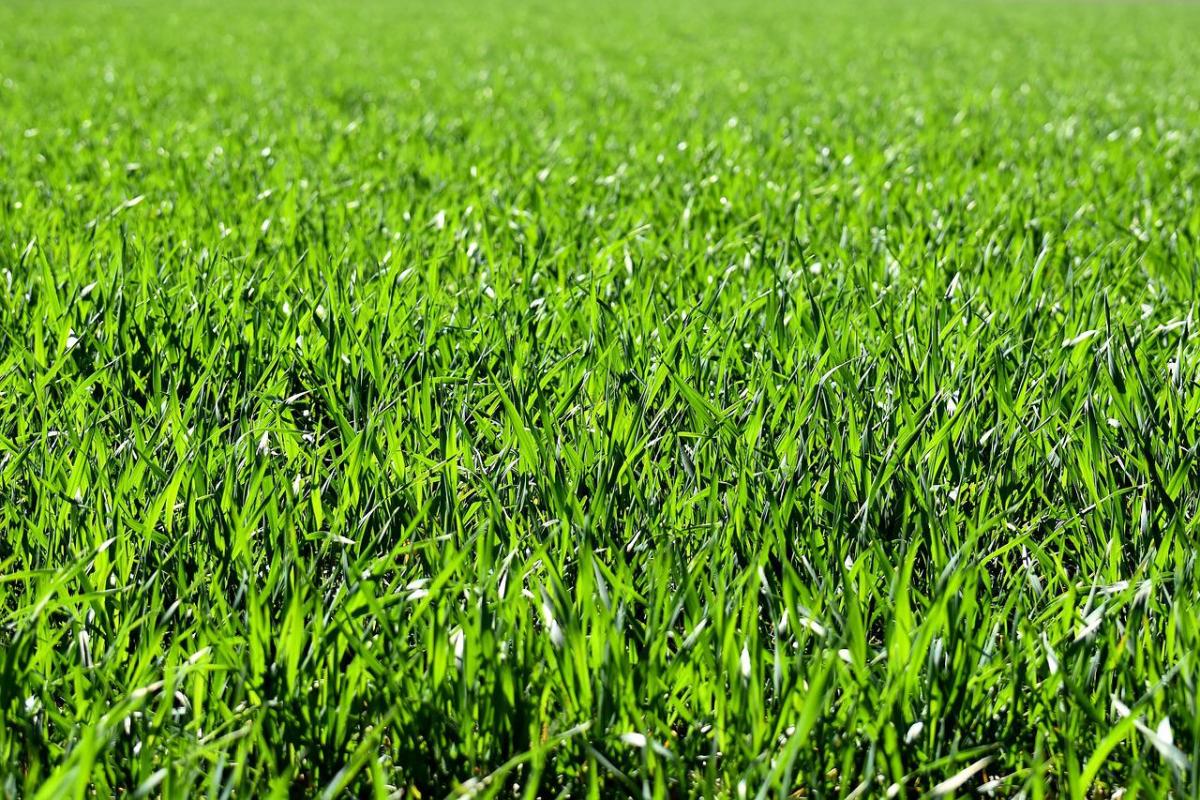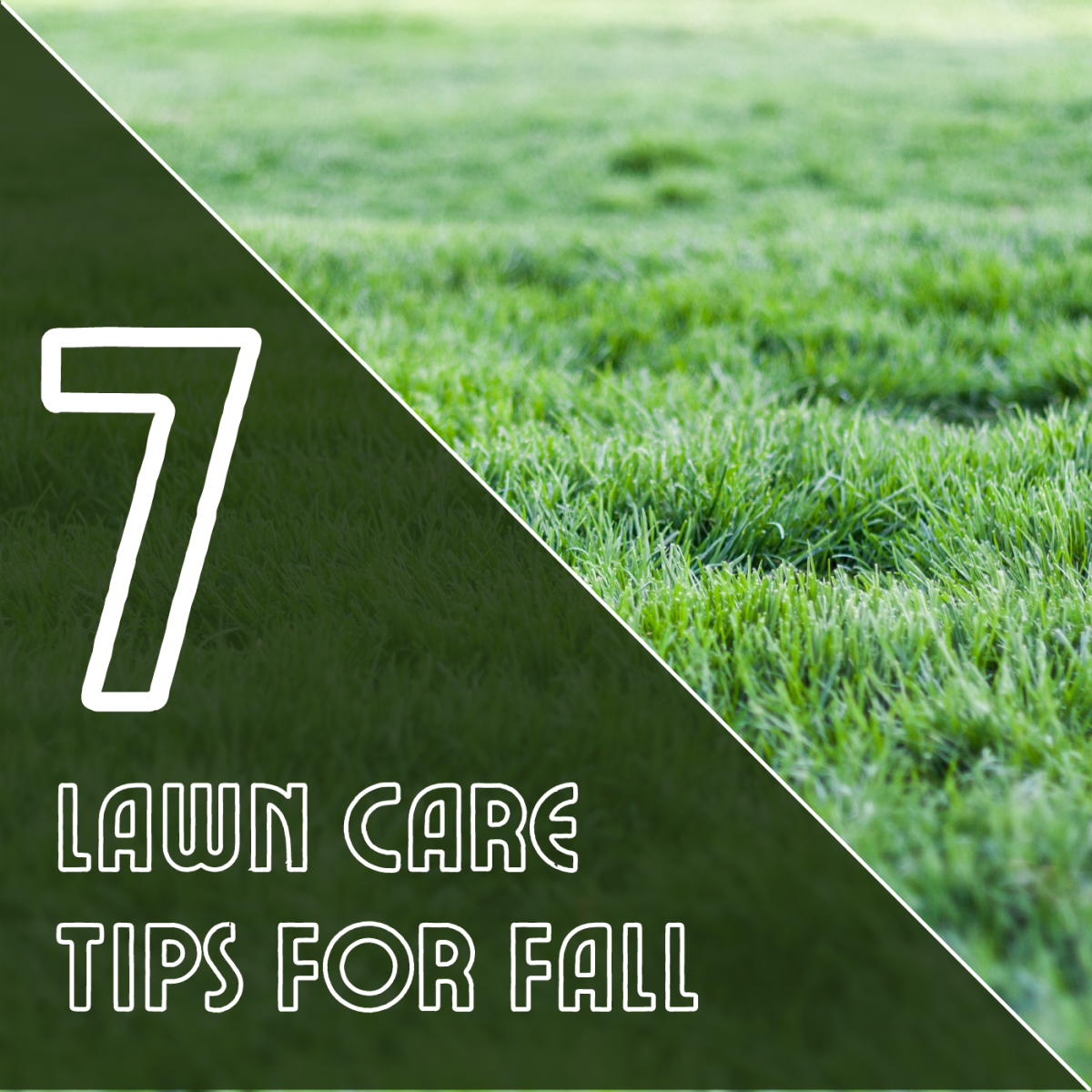Meadow Grasses
Walking through the Meadow
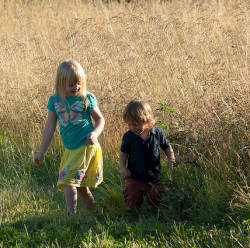
Grasses that Grow in the Meadow
Look out over the meadow and it appears to be just a field of grass. But look closely and you will find that there are hundreds of plants growing there. The grasses share the meadow with wild flowers and weeds providing food for a wide variety of wildlife. Today we will take a walk through the sea of green grass slowly inspecting the plants we find there. We will learn about the parts of a grass plant. We will compare grasses to other plants growing in the meadow. We will spot wildlife living in the meadow and learn what roll grasses play in the lives of those animals and insects.
Come take a walk in the meadow. Chew on a piece of Timothy grass. Today we will learn about the grasses that grow in the meadow...
Homeschooling in the Meadow

My Childhood Meadow
As a child growing up in Vermont the pasture or meadow behind our house was our playground. We ran through the swishing grasses, rolled down the hill and listened to the crickets chirping on tall grass blades. We saw the meadow as just a sea of green carpeted in grasses for our pleasure. We learned to pull up the heads of Timothy Grass to chew on it's sweet nectar. We could spot red clover from a mile away and knew it was safe to eat the flowers. The meadow was our playground and we played there from morning until dusk.
“To understand a meadow, you really need to sit down in one for a while.”
— Gene Lodgsdon
Timothy Grass - Timothy Grass is a Wild Edible Food
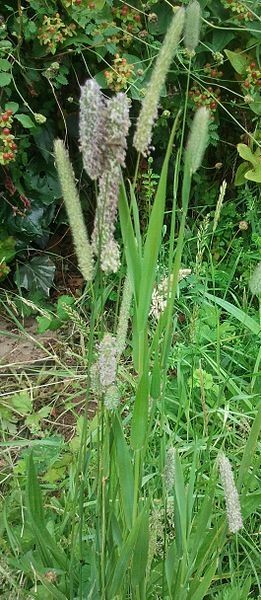
Timothy Grass
Timothy Grass grows in our meadow here at Royalton Bed and Breakfast in Vermont. When we stroll through the field on a warm summer day we love to pull out the long stem of a Timothy Grass plant to chew on the pale green end and suck the sweet liquid there.
My dad taught me to eat Timothy Grass when a very young child and I have never lost the delight of pulling and sliding the head out of the plant to savor the taste. You can pass this on to your children whenever you take a walk through a meadow.
- Look for tall stalks of grass with long fuzzy tops that resemble miniature, green Cattails. Firmly grasp the stalk and feel it give and then slide out of its sheath.
- Put the end that had been tucked down into the next section of the grass plant into your mouth and gently chew on it.
- Taste the subtle sweet flavor of Timothy Grass.
Field Guide to Grasses
There are many different kinds of grasses and at first they can all look the same, however, with a good field guide to grasses, sedges and rushes, you will begin to see more and more differences and soon you will be identifying the various different kinds of grasses quickly and easily.
Carry your field guide with you whenever you walk through the pasture. Keep your eyes peeled. The more you look the more different kinds of plants you will discover there.
Even in the winter you may discover the brown heads and seed pods of plants that grew in the meadow during the previous summer. A good field guide should help you discover the names of those plants.
A meadow is a plant community consisting of grasses and other flowering plants. - UVM Place
Tillering
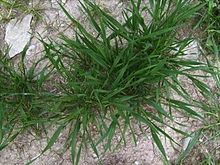
Tillers are Dependent on Moisture
Tillers are the stems produced by grass plants after the first grass shoot has developed. Wet conditions produce more tillers whereas dry conditions produce more height in the grass plant. Read "Grass Growth and Response to Grazing a scholarly article from the University of Colorado, to understand more about the way grasses grow including this important stage of tillering.
Grasses Used by Native Americans
Some grasses were brought from Europe but there are still many grasses native to the Americas. In the following video you will learn about a few grasses that were harvested by Native Americans.
Before Europeans arrived native people made unleaven breads, or flatbreads. In the following video you will learn about several of these grains.
After watching the video, go back out into your meadow to see if you can finds the types of grasses mentioned.
Native American Grasses
Math in the Meadow
Farmers may wish to know how much dry matter is available for cows to eat in a given pasture. A pasture stick can be used to measure the height of the vegetation and the density of the grasses.
Using this information, knowing the types of grasses growing there and the tables printed on the sides of the pasture stick, you can find out the amount of vegetation available to cows or other livestock.
In the following video, Sarah Flack demonstrates how to measure dry matter available from pasture using or pasture or grazing stick.
These sticks are not standardized. They are created for each individual state or region may create its own stick.
After you have gotten to know your meadow you may like to create your own pasture stick.
- Mark inches and or centimeters on one side of the stick
- Make a grid for checking the density of the vegetation
- Be sure to check these measurements in several places throughout the pasture.
- Make note of the kinds of grasses found in your meadow
- Create a chart for your pasture
- Use this stick throughout the summer and from year to year
Knowing this information, could you calculate the number of cows that could safely be pastured?
Measuring the Amount of Grass Available for Grazing in a Pasture
Grass Seeds Emerge - Ripe Grass Seeds
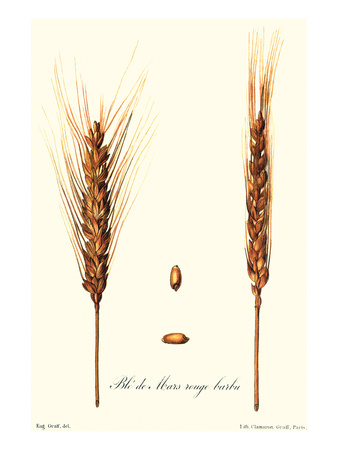
Threshing Wheat and Oats
When grass seeds ripen the head opens up to allow the seeds to drop to the ground. 17th Century Farmers used to put wheat and other grasses such as oats into shocks. The heads of the wheat would dry in the sun until the farmer was ready to thresh it or harvest the seeds by separating them from the straw.
You can see in the above botanical print that the heads open up when the grass is ripe.
Try an experiment with a grass head.
- On a dewy morning, gather some grass heads.
- Observe how compact they are.
- Hang them in a place where a dry breeze will gently help them to dry out.
- Notice how the heads open up to release the seeds.
NOTE: Pine cones also work very well for this experiment.
Did you know that seed heads, just like pine cones, open up when they are dry?
Walking through the Wildflowers
A Snake in the Grass
One day we were playing in the woodpile on the edge of the meadow when we spied a snake. Screaming in fright, we ran barefoot back to the house to our mother. The grass was warm and about to our knees. About halfway across the meadow I stepped on another snake. The soft squishiness of the snake terrified me even more. With a renewed shriek we ran even faster back home to mom, who, of course, didn't believe me.
It took a while before we dared play in the meadow again.
Plants and Animals found on a Walk through the Meadow
The Nature Fairy takes us on a walk through a meadow, a bit of woodlands and some high pasture while pointing out various wildflowers as well as a couple of animals she sees on her walk.
How many of these plants could you identify?
- Goldenrod
- Queen Anne's Lace
- Milkweed
- Asters
- Slugs
- Indian Pipe
- Blueberries
- Gnats
- Snake
- Mushrooms
- Toad
- Cow Vetch
- Butter and Egg
- Saint John's Wort
- Thistle
- Yarrow
- Black Eyed Susans
As you walk through your meadow, take pictures and create a file folder or card deck of those plants. Try to take pictures at different stages throughout the spring, summer and fall. Are you still able to see the dried stocks of those plants in the winter?
Make card games with your pictures. If you have made pictures in all four seasons, use the cards to play Authors. If you just have two stages, try playing Go Fish or Memory.
Exploring the Meadow
Do you live near a meadow? Have you ever studied the grasses growing there? Have you ever tasted the sweet nectar of Timothy Grass?
Tell us about your experiences walking through and exploring the meadow habitat...

